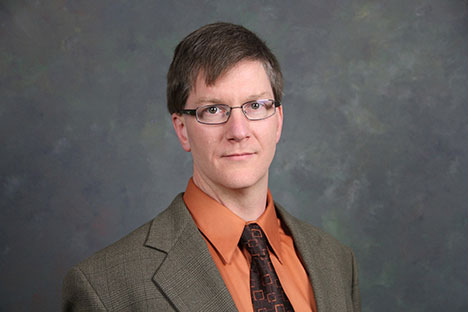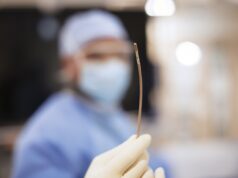
A study, published in the JAMA: Internal Medicine, indicates that doctors who receive industry-sponsored meals have higher rates of brand-name drug prescriptions than alternative options within the same drug class. It also showed that meals that cost more than US$20 are associated with higher relative prescribing rates.
Study authors Colette DeJong (Center for Healthcare Value, Philip R Lee Institute for Health Policy Studies, University of California, San Francisco, USA) and others report that previous studies have already suggested that there is an association between physician’ receipt of industry payments and brand-name drug prescribing. They add: “In one study, the association between payments and prescribing was only significant among physicians who received at least US$2,000 from industry. It is not known whether much smaller payments, such as sponsored meals, are associated with increased prescribing of the promoted brand-name over therapeutic alternatives.”
Therefore, DeJong et al reviewed datasets from the Open Payments programme and Medicare Part D (which monitors prescriptions) to determine the relationship between receipt of industry-sponsored meals and prescribing rates. Specifically, they looked at four drug groups: statins, cardio-selective beta blockers without sympathomimetic activity, angiotensin converting enzyme (ACE) inhibitors/angiotensin receptor blockers (ARBs), and selective serotonin and serotonin-norepinephrine reuptake inhibitors (SSRIs and SNRIs). For each group, the author identified the most-prescribed or “target” drugs: rosuvastatin (Crestor, AstraZeneca); nebivolol (Bystolic, Forest Laboratories); olmesartan (Benicar, Daiichi Sankyo), desvenlafaxine (Pristiq, Pfizer).
Of 279,669 physicians in the study, 155,849 wrote more than 20 prescriptions in one of the four drug groups and they were assigned to at least one of the four groups—with 83% being assigned to multiple categories and 57% being included in all four groups. Across the groups, 2–12% of physicians had received payments (95% of which were for a meal with a mean value US$12–18) related to promoting a target drug. The author excluded data for physicians who received a non-meal payment (eg. a free textbook).
DeJong et al report that physicians who received an industry-sponsored meal had a greater mean prescribing volume in each of the drug groups than those who did not (p
The authors report that current American guidelines advise that meals and gifts up to US$100 are allowable and note: “Our findings indicate that even payments of less than US$20 are associated with different prescribing patterns. Small payments and meals should continue to be monitored in the US and should be incorporated into the European pharmaceutical industry’s recent transparency initiative, which requires drug companies to publicly report payments to physicians with the exception of food and drinks.”
Concluding, DeJong et al say: “The receipt of industry-sponsored meals was associated with an increased rate of prescribing the promoted brand-name medication relative to alternatives within the drug class. The findings represent an association, not a cause-and-effect relationship.”
Senior author Adams Dudley (Center for Healthcare Value, Philip R Lee Institute for Health Policy Studies, University of California, San Francisco, USA), says: “Our data raises questions about current practices, but it is also worth noting that there is not yet any other way to get the information out to doctors. The FDA, Medicare, or insurers could set up alternative means of educating doctors about drug developments, but they have not done that yet.”













